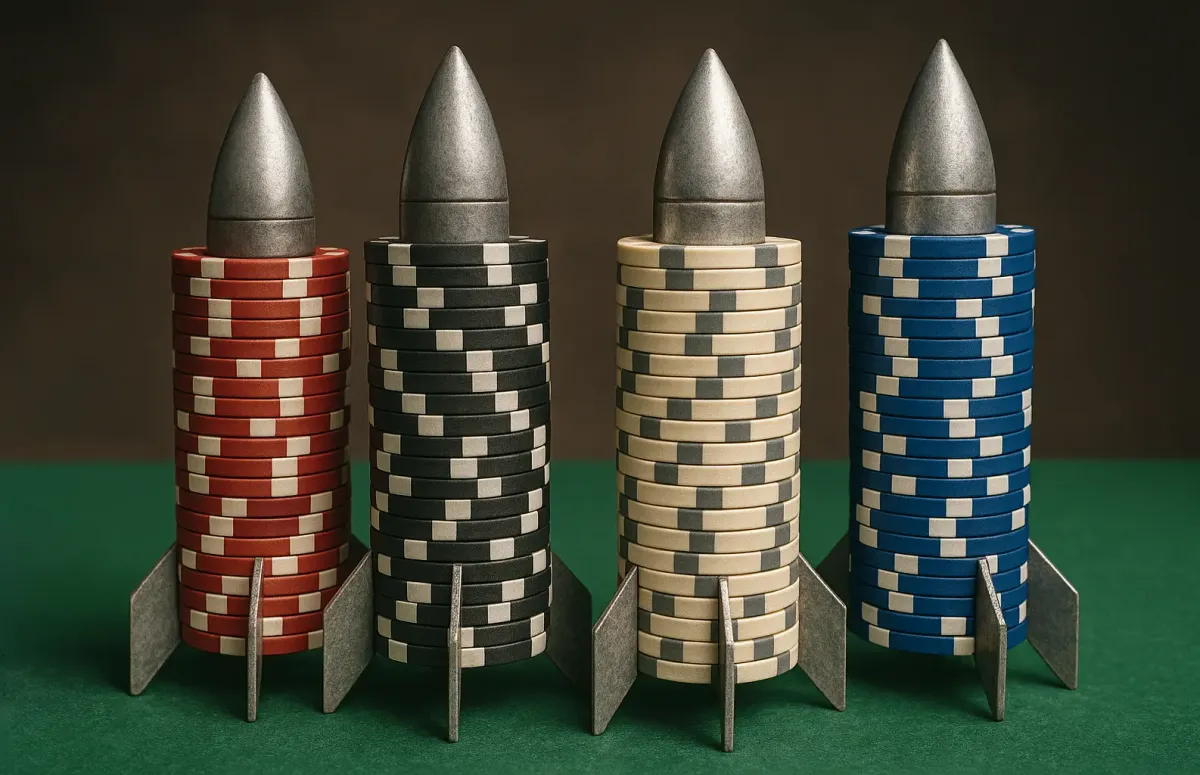
Between 1945 and 1960 the United States and the Soviet Union designed and tested weapons of increasing lethality until both reached the destructive outer limits of a single explosion.1 By 1962, when Brennan developed the concept of MAD, both the Soviets and Americans moved from development stage to the mass-production stage, after which it became possible for both the U.S. and the USSR to completely destroy each other many times over, a process termed overkill.2 The destructive capacity of Russia’s nuclear arsenal, and therefore Russia’s relationship to MAD, survived the collapse of the Soviet Union in 1991. In game theoretic models of international relations, the other player is another nation state, and if they have nuclear weapons, and so do you, it can lead to an arms race resulting in something like a Nash Equilibrium, such as the one that kept the U.S. and USSR in a Cold War nuclear freeze called the “balance of terror,” or Mutual Assured Destruction—MAD—for nearly three-quarters of a century. (A logarithmic function is a process or scale that increases by powers of a base number, such as 10, such that on a logarithmic scale the difference between 1 and 10 is the same as between 10 and 100, as each increases by a factor of 10, in contrast to a linear scale, where the difference between 1 and 10 is the same as between 10 and 19—a constant addition of 9, compared to multiplying by 10.)
Author: Skeptic
Published at: 2025-07-30 21:39:01
Still want to read the full version? Full article